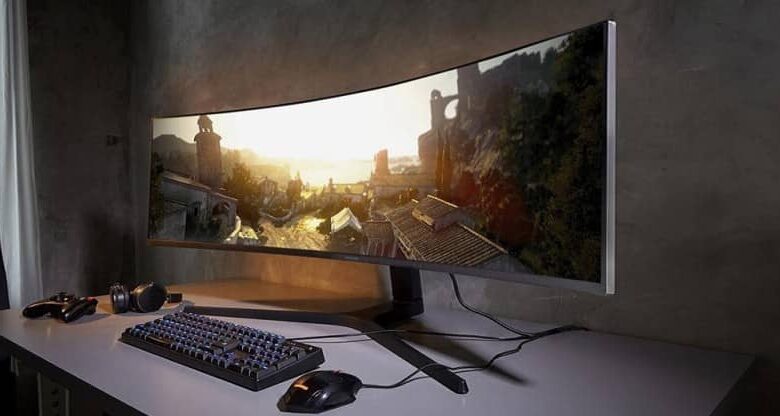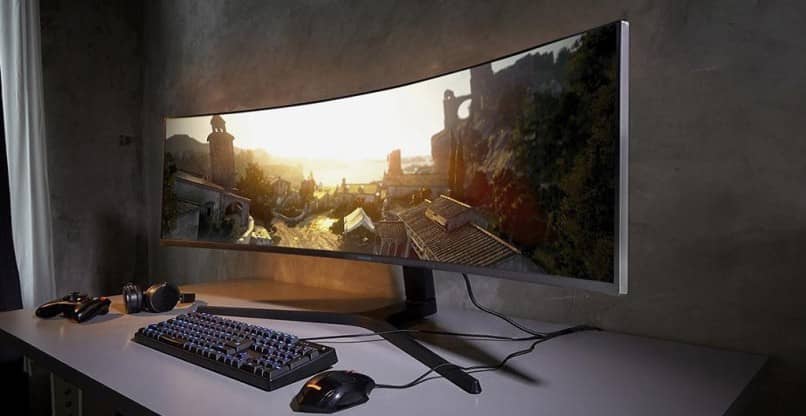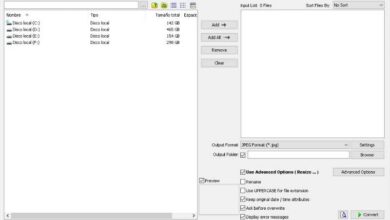How do you choose the best widescreen or ultra-wide screen?

Few people, when talking about computer equipment, consider the monitor to be a very important part. However, this element is essential for the development of a good experience during the use of a pc . Here you will know how to choose the best panoramic or ultra panoramic monitor.
Regardless of which one is chosen, the dilemma of know how to work with multiple monitors at the same time in Windows 10 , could be solved by just using one of them.
Having a low-end or poorly chosen monitor with a high-performance computer will cause the graphics capacity of the computer ne will not be used to the maximum. It's common to choose a monitor for its size, without stopping to review other features essential to good performance. Causing problems during installation, operation or performance.
Without the vision or range of these devices, it is sometimes necessary to easily connect 3 independent monitors to my Windows PC , to obtain a result barely similar to that desired.
Differences between a wide and ultra wide monitor
The fundamental difference between these two types of monitors is their aspect ratio. Widescreen monitors have a 16: 9 aspect ratio, while the monitors Ultra-wide offer a 21: 9 aspect ratio, which translates into a more landscape look.
It is without a doubt a difficult decision, as well as choosing the best dual band router for greater internet range or to know how many versions of Windows 10 there are and which one is the best to buy.
Another thing that sets them apart is that panoramic ultrasound can be curved, generating a more immersive experience than flat ultrasound. However, curved monitors require some adaptation time for use, due to their shape and because they have 30% more surface area.
Ultra-wide monitors were created with the game in mind and not for the use of all users. The development of advanced technologies makes it more expensive than panning.
Important features of the best wide or ultra wide monitor

Beyond the resolution and size screen, there are other characteristics that are critical to the proper functioning of a monitor. These are:
Response time
This monitor factor represents how quickly the monitor handles pixel color changes . The measurement that makes up this value is in milliseconds.
Inexpensive monitors tend to offer a 5 ms response time , which isn't bad if you don't need oppressive performance to play games. Because this factor is critical in the game, which is why the best quality engines offer 1ms response time.
Update frequency
This characteristic determines the capacity of images that the monitor can display per second and is calculated by Hertz. Common monitors have a refresh rate of between 60-75Hz, which is optimal if you're not looking for high performance when playing games or develop activities with high demands.
It is advisable to choose the best wide or ultra wide screen, it is to go for a monitor with a frequency of 144 Hz or more. This is to be able to develop any type of activity without any performance problem affecting the experience.
Wide or ultra wide monitor size
This factor is most related to choosing the best panoramic or ultra panoramic monitor because of its direct implications with the experience of all types of users. The choice will depend on your usage, so it's important to determine this first.

If you have a small table space and the distance between the monitor and the person is short, it is better to buy an average monitor that is no more than 27 inches. If it is taller, it could assign workspace and also cause neck discomfort due to its proximity.
Screen resolution
For widescreen and ultra-wide screen monitors, the cheapest and most common resolution is FHD. Because it is supported by most computers. However , resolutions such as 2K or up to 4K are more recommended if the equipment supports it.
These resolutions will offer more quality in terms of brightness, contrast and colors . Hence, they are considered the best if you want to have the best panoramic or ultra panoramic monitor for video editing.
Curved or flat screen
The difference between these two is the immersive look that the curve generates by covering part of the peripheral vision. These monitors are almost exclusively intended for games, therefore if an activity related to this is not carried out, it will involve unnecessary expenditure.




